19th Jan 2023
From 2018 onwards Château Branas Grand Poujeaux delivers richness with a solid backbone of beautifully ripe, remarkably soft tannins. Value hunters take notice—this soaring Château is poised to set a whole new benchmark for Moulis.
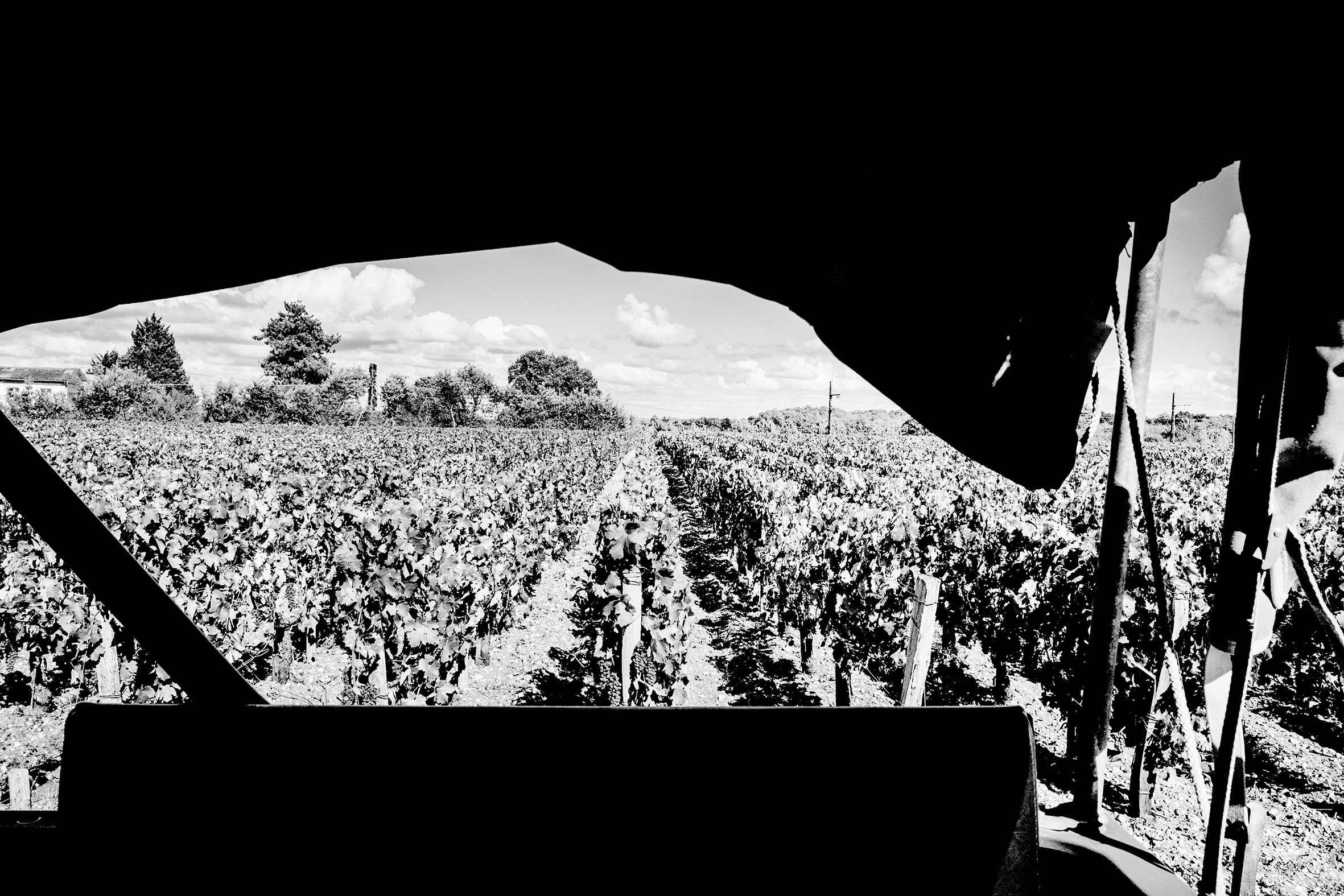
The Flying Dutchman
“There’s been no revolution since I arrived,” said Arjen Pen. “I made some improvements to the sorting, brought more precision to the vineyard management, and bought an optic sorting table. I motivate my crew—I try to impart my passion. I think this is most important.”
Three years ago, Arjen joined Justin Onclin to become a partner at Château Branas Grand Poujeaux—now a 17-hectare (42 acres) property in the center of Moulis, located between Château Chasse-Spleen and Poujeaux.
Dutch-born Arjen Pen was no stranger to wine when he joined.
“When I was 17, my parents immigrated to France. They lived in Jurançon. My parents were agronomists, and my calling was to become a farmer. But I moved into a corporate career. I worked in airlines for 15 years as commercial head. Even then, I loved selecting the first- and second-class wines with our sommeliers! After making friends with Cees van Leeuwen from Bordeaux University and consultant Stephane Derenoncourt, I was encouraged to buy a small estate called Château Richelieu in Fronsac. A few years later, a Chinese billionaire knocked on the door and offered me a lot of money. I said no, but my father convinced me otherwise. I sold and went to South Africa to invest and work in the wine industry there, but my private house remained in Libourne. Then I met Justin Onclin and was invited to become a partner here. His kids didn’t want to take this over, and he had no succession plan. So, I became managing shareholder.”
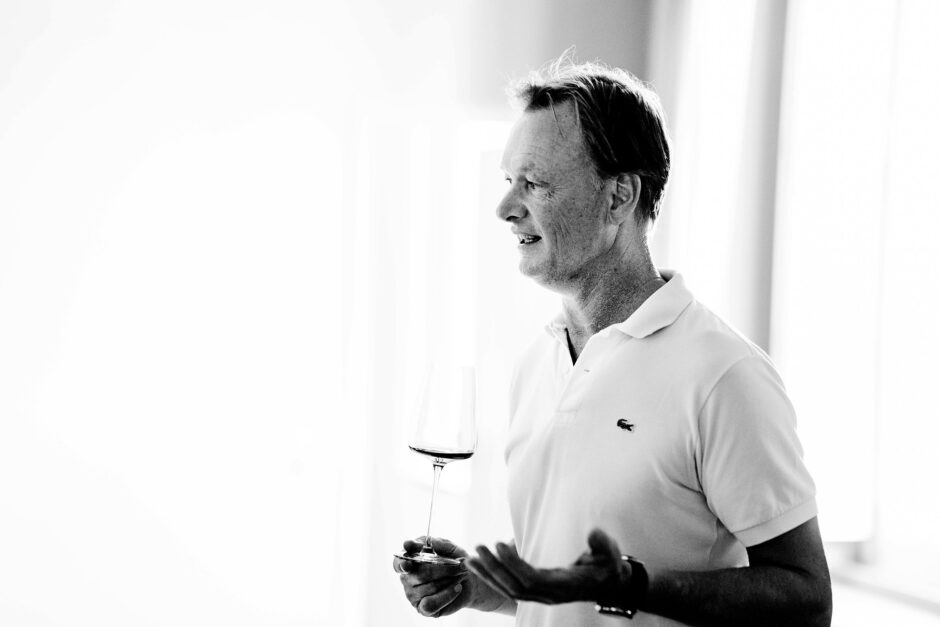
Justin Onclin purchased the tiny, struggling estate as recently as 2002. The vineyard was then less than half the size it is today. Still, at its core, it was well-located between the appellations of Margaux and Saint-Julien, with a terroir predominately consisting of highly prized Gunzian gravel.
“2002 was the first vintage of the new style,” said Arjen. “That’s when Michel Rolland came on board. Then in 2012, Hubert de Boüard was brought in as a consultant, and he remains to this day.”
"2002 was the first vintage of the new style."
The varietal composition of the plantings at Branas Grand Poujeaux is 50% Merlot, 45% Cabernet Sauvignon, and 5% Petit Verdot.
“We have a little more Merlot planted here than the other varieties,” commented Arjen. “Our blend is always at least 50% Merlot.”
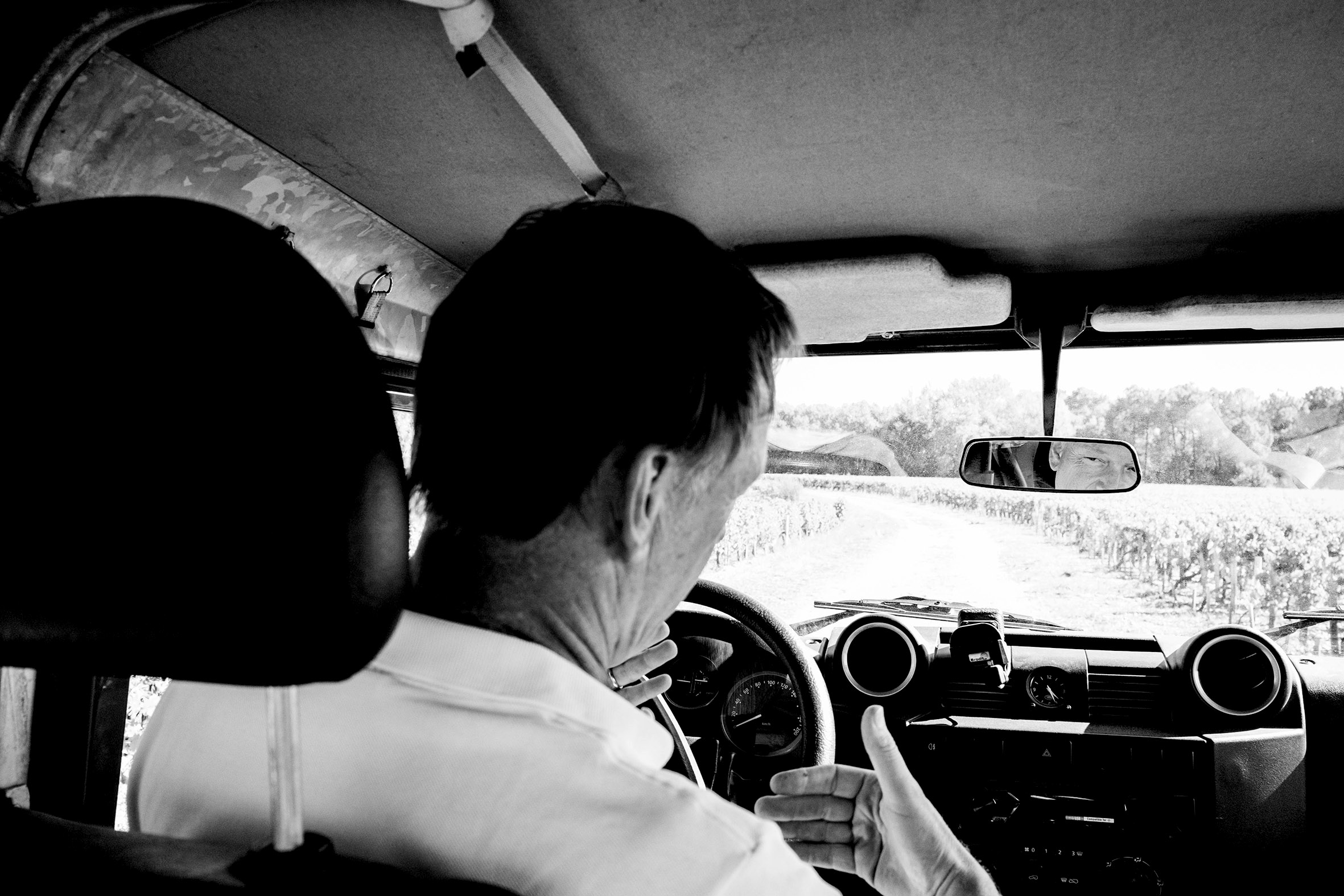
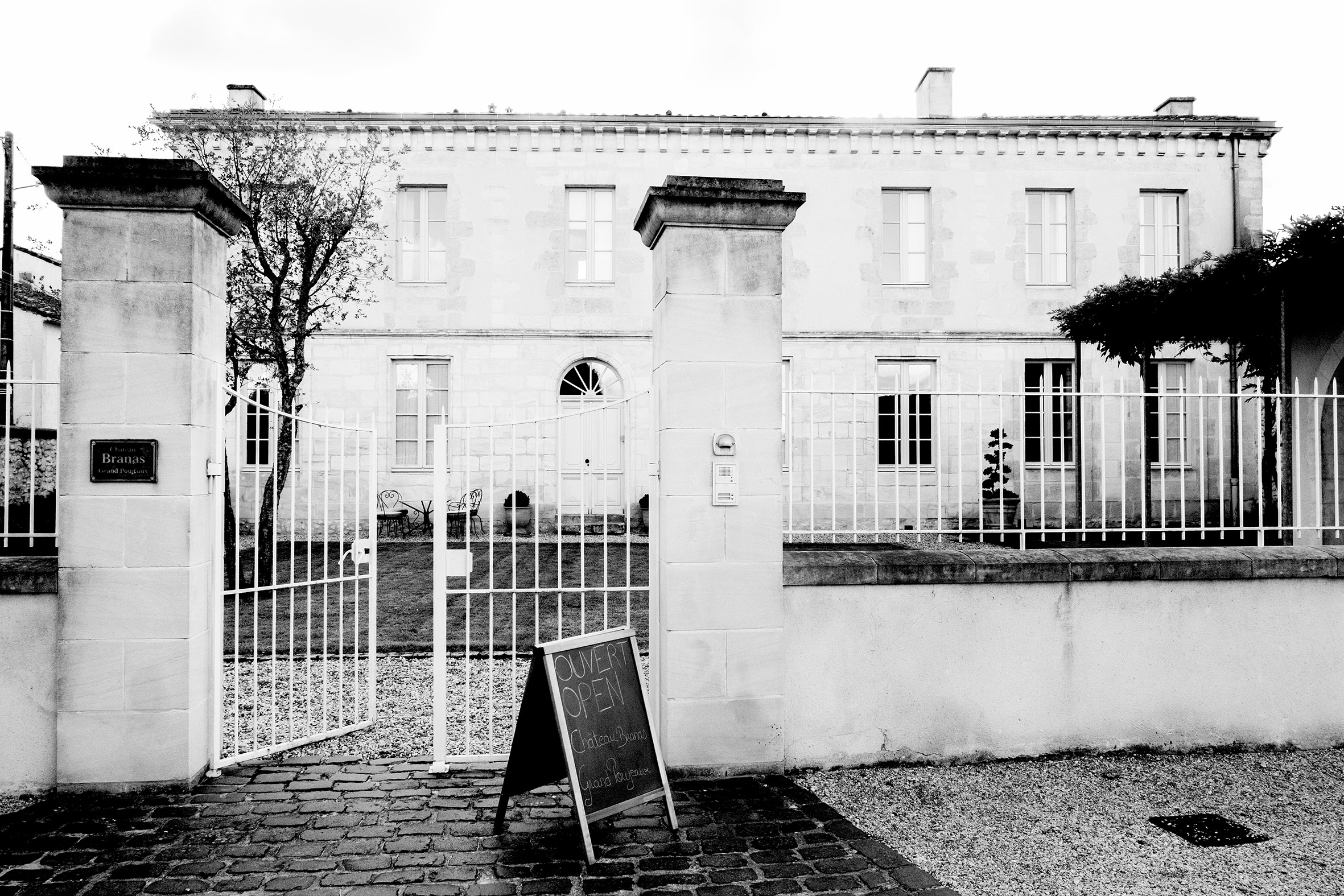
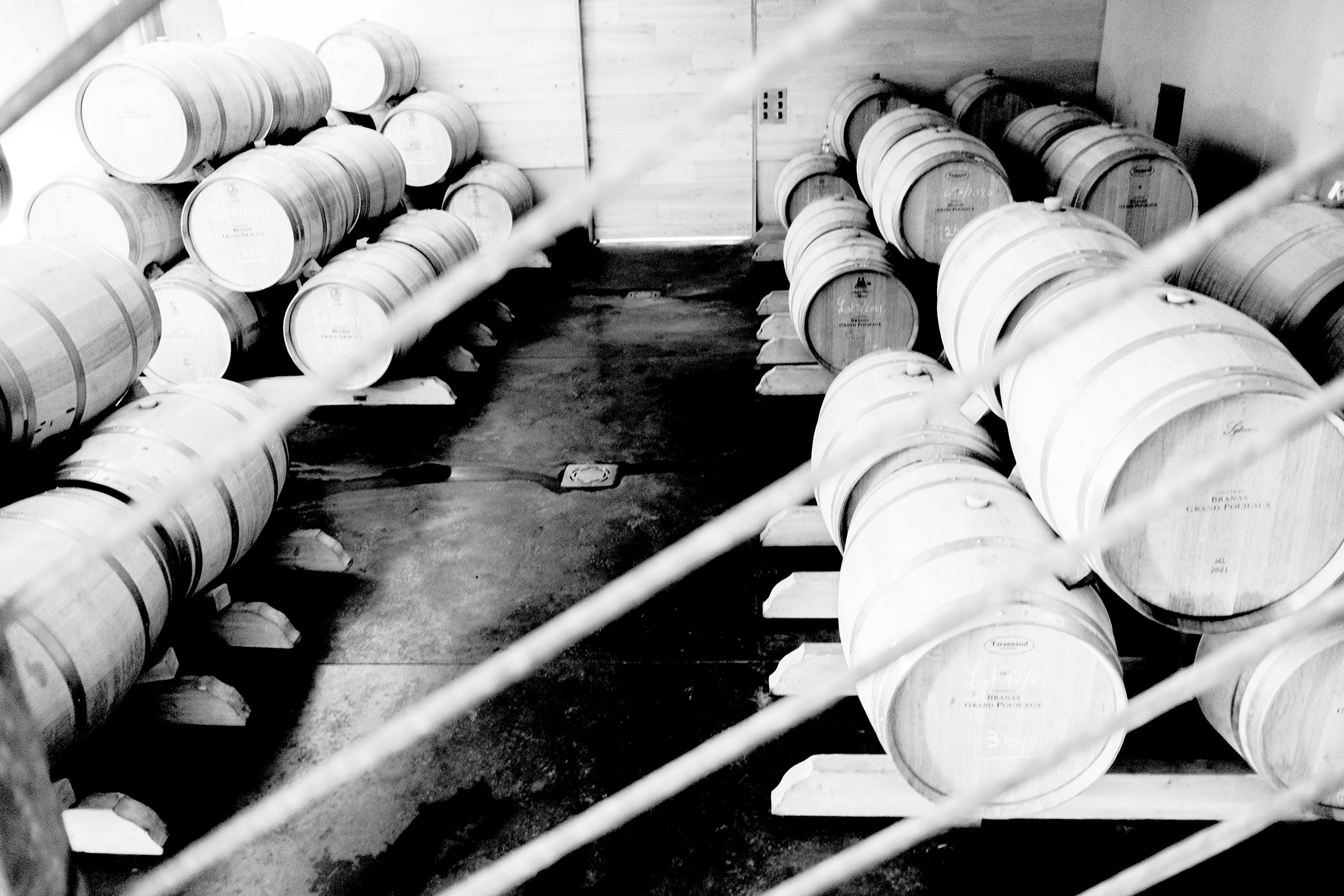
The most dramatic change at the estate so far was in 2020, when the vineyard was increased by nearly a third following the purchase of just over five hectares of vines from Château Granins Grand Poujeaux.
“In 2021, we harvested nearly 18 hectares and sold 4 hectares to La Tour Carnet, which they can sell as Haut-Medoc,” said Arjen. “Now, we’re doing a lot of experimenting—experimenting with high-density plantings and in the winery with whole bunch fermentations with the stems and performing cold soaks.”
From 2018 onwards, the wines deliver richness with a solid backbone of beautifully ripe, remarkably soft tannins.
Arjen Pen and I tasted the vintages from 2009 to the most recently bottled 2020. The evolution in style and quality is subtle yet clear. From 2018 onwards, the wines deliver richness with a solid backbone of beautifully ripe, remarkably soft tannins. These are delicious wines in youth, also possessing solid 20-year+ cellaring potential. I especially love how these recent vintages embrace the elegance and freshness of Moulis combined with purity, definition, and remarkable intensity. Having toured the impressive new vineyard holdings with Arjen last year, quality will likely continue on this upward trajectory. Value hunters take notice—this soaring Château is poised to set a whole new benchmark for Moulis.
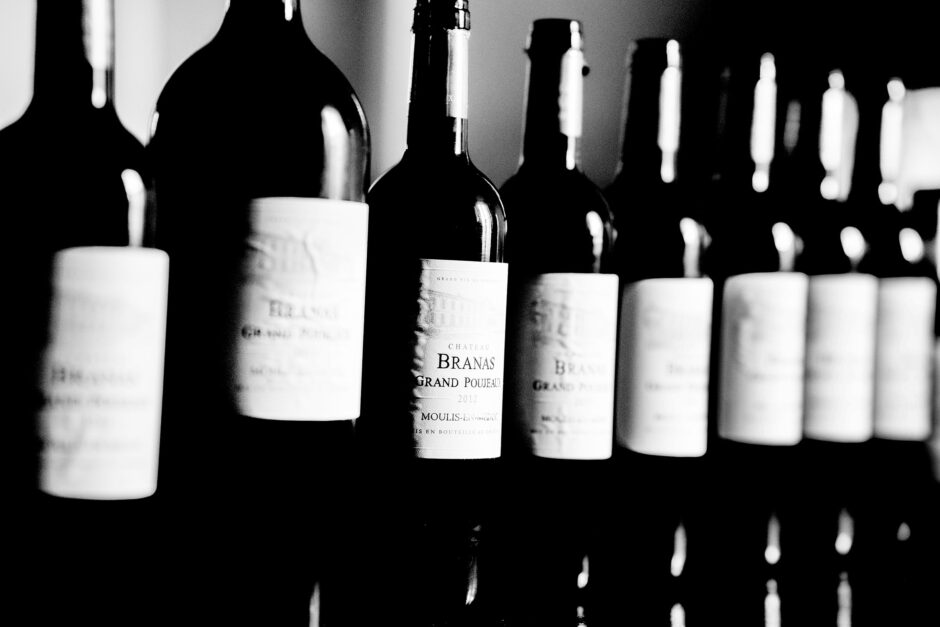
-
Article & Reviews by Lisa Perrotti-Brown MW
Photos by Johan Berglund

PRODUCERS IN THIS ARTICLE
> Show all wines sorted by scoreMore articles

Pilcrow’s New Releases
18th Apr 2024
7 tasting notes
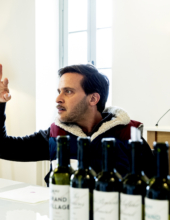
Bordeaux 2023 Primeurs Photo Essay
18th Apr 2024
0 tasting notes
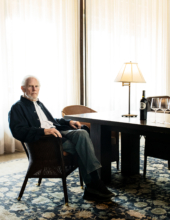
Harlan Estate, BOND, Promontory 2021 and 2011
11th Apr 2024
14 tasting notes
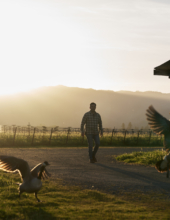
Favia 2012-2021
04th Apr 2024
17 tasting notes
Show all articles